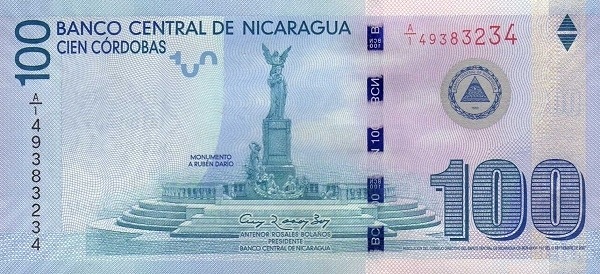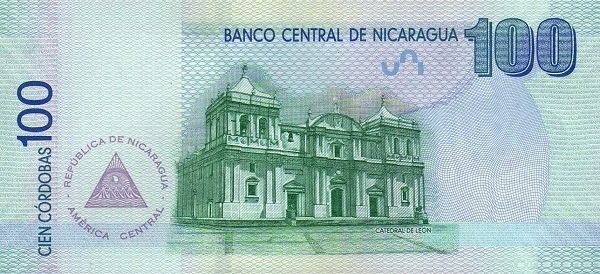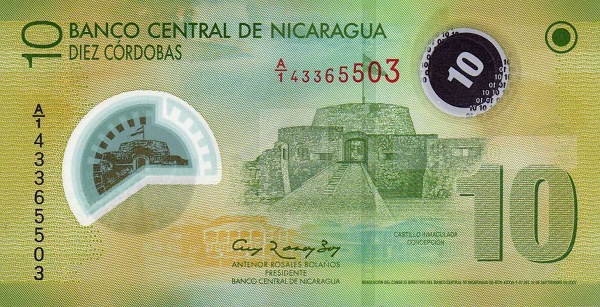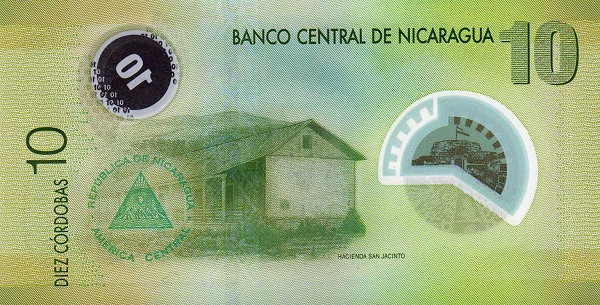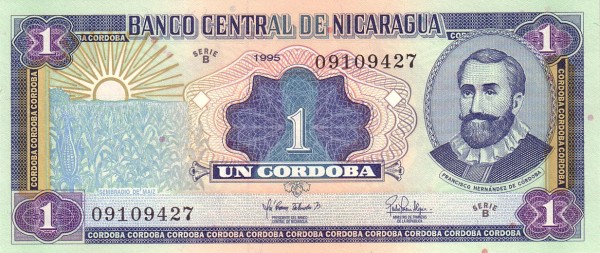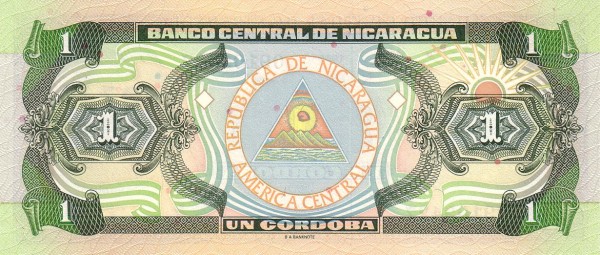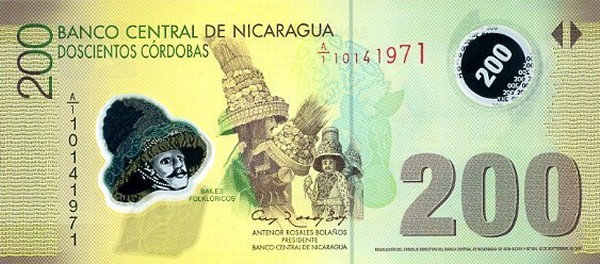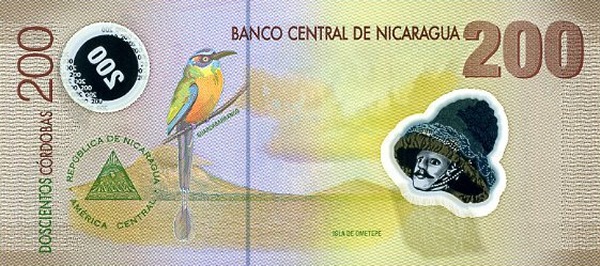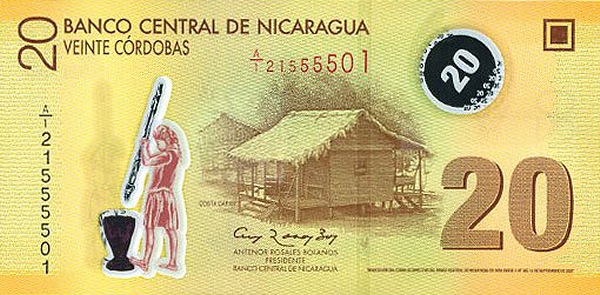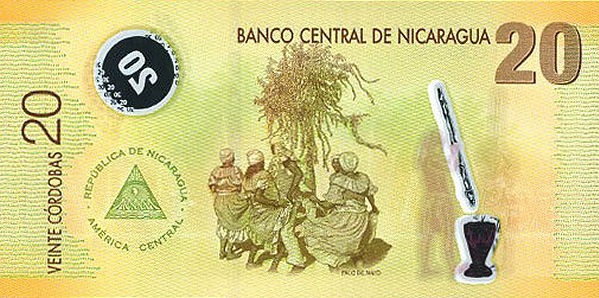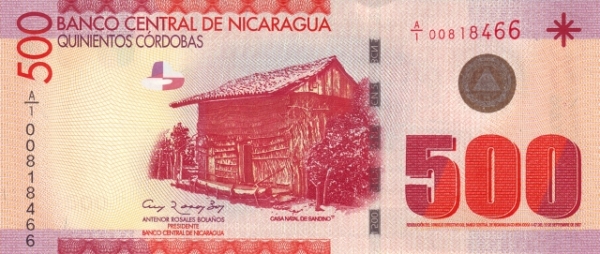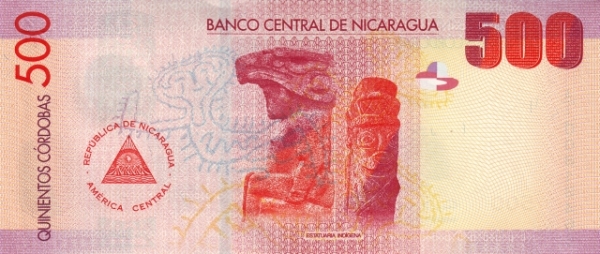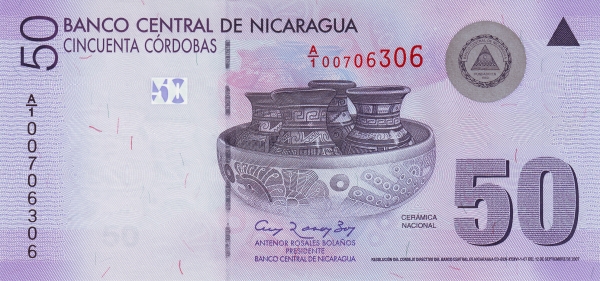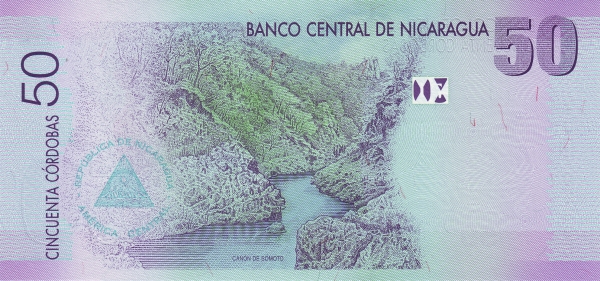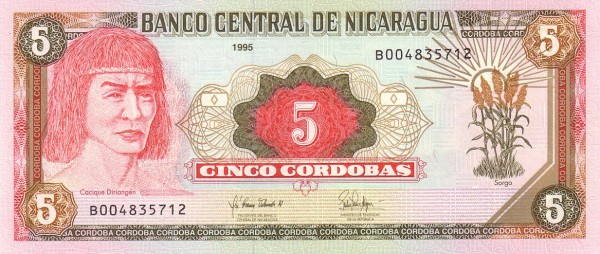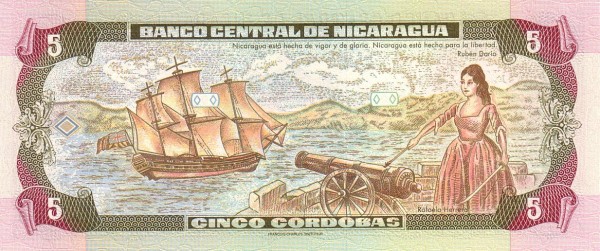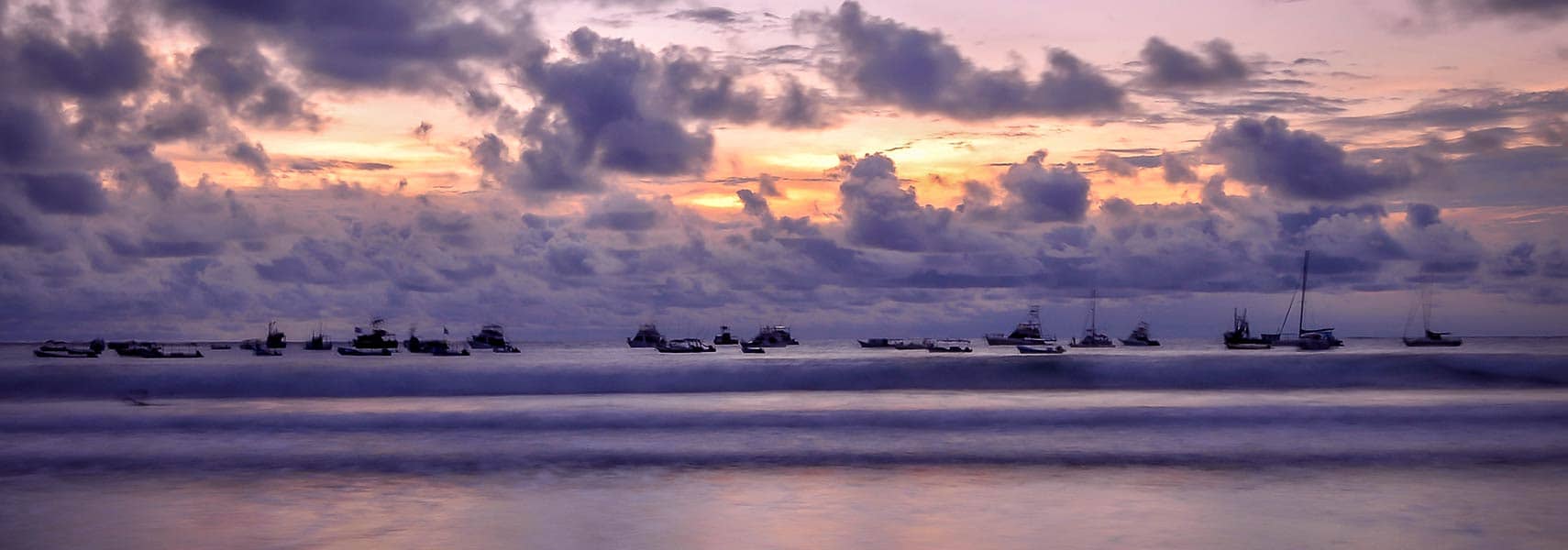Nicaragua: A Central American Gem
Nicaragua, the largest country in Central America, boasts a rich tapestry of history, nature, and culture. Nestled between the Caribbean Sea to the east and the North Pacific Ocean to the west, Nicaragua shares borders with Costa Rica to the south and Honduras to the north. Interestingly, maritime borders extend to Colombia and El Salvador, further emphasizing Nicaragua's strategic location. This beautiful nation spans an impressive area of 130,370 km², which is slightly larger than half the size of the United Kingdom or just shy of the state of New York.
Geographical Diversity
Nicaragua's landscapes reveal remarkable diversity. From extensive coastal plains along the Atlantic to the picturesque lowlands of the Pacific, the country features a variety of terrains. Visitors can explore mountainous regions nestled in the central highlands, with the apex being Cerro Mogotón. This towering peak boasts varying elevations, reported to be between 2,094 m and 2,438 m above sea level. Moreover, Nicaragua earns recognition for its numerous lakes and volcanoes, including the largest freshwater lakes in Central America—Lake Managua and Lake Nicaragua. Such geographical features contribute to the country’s breathtaking beauty and provide numerous opportunities for adventure.
Demographics and Culture
Nicaragua is home to approximately 6.2 million people, as estimated in 2017. The capital city, Managua, serves as the largest urban center, housing nearly a quarter of the nation's population. In terms of language, Spanish predominates as the official language; however, regions also embrace several recognized indigenous languages, including Miskito, Rama, and Garifuna. This linguistic variety reflects Nicaragua’s rich cultural heritage. Furthermore, the blend of ethnic groups contributes to a vibrant national identity. Among the population, Mestizos represent around 69%, while whites account for 17%, and Afro-descendants make up about 9%.
Historical Background
The story of Nicaragua’s evolution is as complex as its culture. Originally settled as a Spanish colony in the 1520s, Nicaragua achieved its independence in 1821. However, political unrest intensified over the years. By 1978, widespread opposition against corruption and government manipulation led to a brief civil war, bringing the Marxist Sandinista guerrillas into power in 1979. Support from Nicaragua to leftist rebels in El Salvador drew the attention of the United States, which subsequently backed the anti-Sandinista Contra guerrillas throughout the 1980s. Ultimately, the nation held free elections in 1990 and again in 1996, marking a transition in governance. Despite these challenges, Nicaragua has gradually rebuilt its economy since the 1990s, although it faced significant setbacks, such as the devastation wrought by Hurricane Mitch in 1998.
Government Structure
Nicaragua operates as a republic, having declared its independence from Spain in 1821. The political landscape transformed over the years, most notably with the Sandinista-era Constitution of 1987 that underwent amendments in 1995 and 2000, aimed at achieving a more balanced distribution of power among the governmental branches. These changes also modernized the electoral laws, reflecting a commitment to democratic principles.
Rich Natural Resources
Nicaragua thrives with an abundance of natural resources that contribute to its economy. The country possesses vast arable land, making agriculture a significant sector. Coffee, bananas, and sugarcane stand out as key products, alongside rice, corn, tobacco, and various beans. Livestock farming also plays a vital role, with beef and poultry being important components of the agricultural output. The fishing industry, along with gold and timber extraction, further bolsters the economy.
Economic Landscape
As Nicaragua continues to grow, its industries diversify. Food processing, chemical production, and textile manufacturing comprise some of the significant sectors within the economy. Also worth mentioning are machinery, petroleum refining, and beverage production, which contribute to the nation's exports. Notably, coffee, beef, and gold rank among the key commodities exported by Nicaragua, primarily to the United States, Mexico, and Venezuela.
Trade Relations
Nicaragua's trade dynamics show strong ties with its neighbors and key partners. In 2015, the USA received approximately 56.5% of Nicaragua’s exports while Mexico accounted for about 10.7%. As a nation rich in natural resources, Nicaragua's exports encompass a diverse array of goods, including coffee, shrimp, and textiles. Furthermore, its imports primarily consist of consumer goods and raw materials, with the USA, Mexico, and China being significant sources.
Cultural Richness and Religion
The cultural fabric of Nicaragua reveals a predominantly Catholic society, alongside a rapidly increasing population of Evangelical Protestants. This religious diversity adds depth to the nation’s cultural practices and traditions. Festivals and celebrations often feature a blend of indigenous, Spanish, and other influences, showcasing Nicaragua’s historical evolution and its people's vibrant spirit.
Conclusion: Exploring the Beauty of Nicaragua
In conclusion, Nicaragua promises a unique blend of adventure, culture, and history. From its stunning landscapes to its rich history, this country offers endless possibilities for exploration. As it continues to develop economically and politically, Nicaragua remains a fascinating destination for travelers, scholars, and anyone intrigued by the beauty of Central America.
Largest cities of: Nicaragua
| City Name | Population | Year of foundation | |
| Managua | 1,040,000 | 1524 | |
| Leon | 200,000 | 1524 | |
| Masaya | 130,000 | 1524 | |
| Chinandega | 120,000 | 1522 | |
| Granada | 120,000 | 1524 | |
| Estelí | 100,000 | 1880 | |
| Bluefields | 60,000 | 1880 | |
| Jinotepe | 56,000 | 1858 |
Nicaragua: Money
